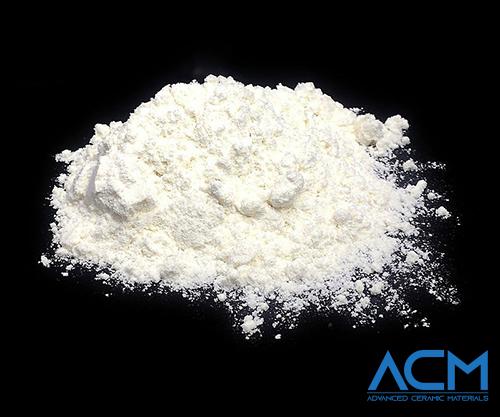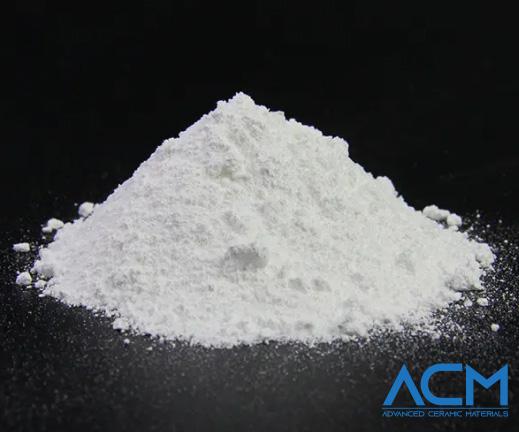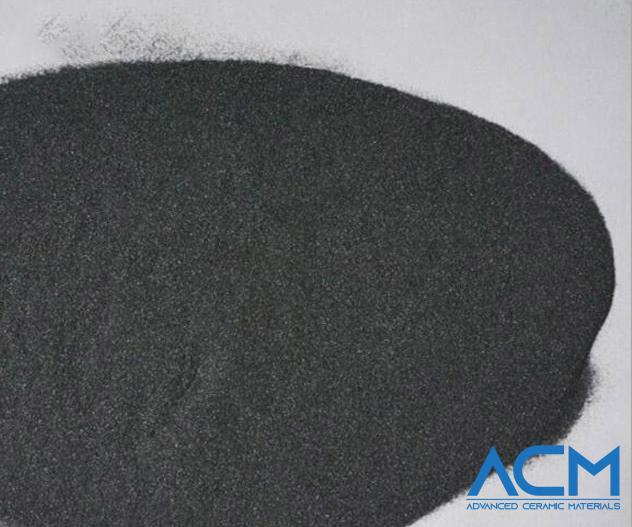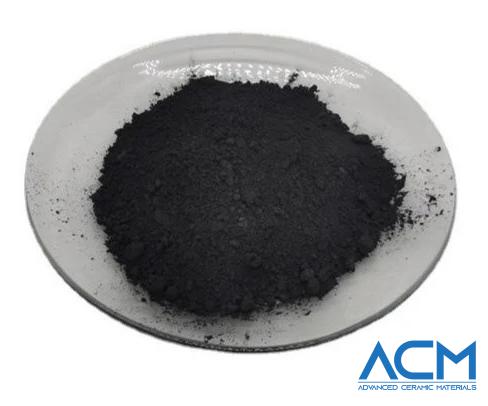TS2608 Hydroxyapatite Powder
- Catalog No. TS2608
- Purity >99 %
- Appearance White powder
- Particle Size 125, 90, 74 μm
- Molecular Formula Ca10(PO4)6(OH)2
TS2608 Hydroxyapatite Powder
Hydroxyapatite Powder Description
Hydroxyapatite Powder, often abbreviated as HA and also known as alkaline calcium phosphate, is a naturally mineralized form of apatite, with the chemical formula Ca5(PO4)3(OH). This versatile material can incorporate fluoride, chlorine, or carbonate ions, replacing the hydroxyl groups to form variants like fluoroapatite or carbonated apatite. Additionally, the calcium ions in HA can engage in ion exchange reactions, allowing for the incorporation of various metal ions to create specialized metal-substituted hydroxyapatite compounds.
Hydroxyapatite Powder Specifications
|
Crystal Structure |
Hexagonal System |
|
Molecular formula |
Ca5(PO4)3(OH) |
|
Molecular weight |
502.31 g/mol |
|
Color |
White |
Hydroxyapatite Powder Applications
-
Hydroxyapatite serves as a fundamental ingredient in the fabrication of biomedical and composite materials. This includes the production of hydroxyapatite bioceramics, applications in thermal spray coatings, electrophoretic deposition processes, and physical vapor deposition techniques.
-
Additionally, hydroxyapatite is employed as a high-purity reagent in biochemistry, where it finds use in various capacities such as biochemical reagents, catalysts, and highly efficient adsorbents.
Hydroxyapatite Powder Packing
Hydroxyapatite Powder is carefully packaged to maintain its purity and effectiveness. It is typically enclosed in airtight containers to protect it from moisture, contamination, and any form of degradation. The packaging materials used are often high-quality, inert, and compatible with hydroxyapatite to ensure no chemical interaction occurs. For laboratory and biomedical uses, hydroxyapatite powder may also be sterilized and sealed under a vacuum or in an inert atmosphere to preserve sterility and prevent any microbial growth. The containers are clearly labeled with relevant information, including the composition, grade, and handling instructions, to ensure safe and appropriate use. This meticulous approach to packaging is crucial for preserving the powder's properties during storage and transport, facilitating its wide range of applications in research and industry.
-
Attachment (Optional)
No file chosen












